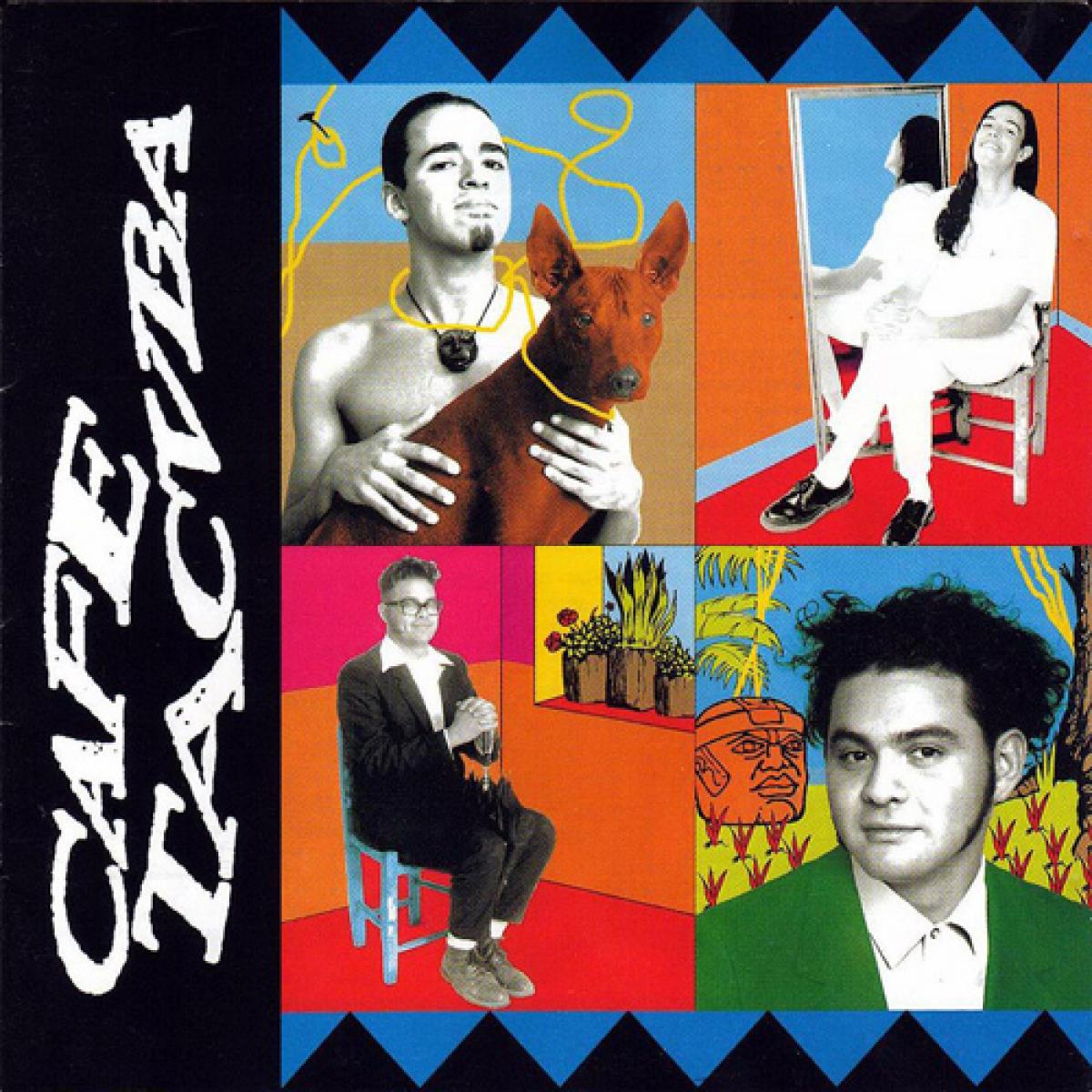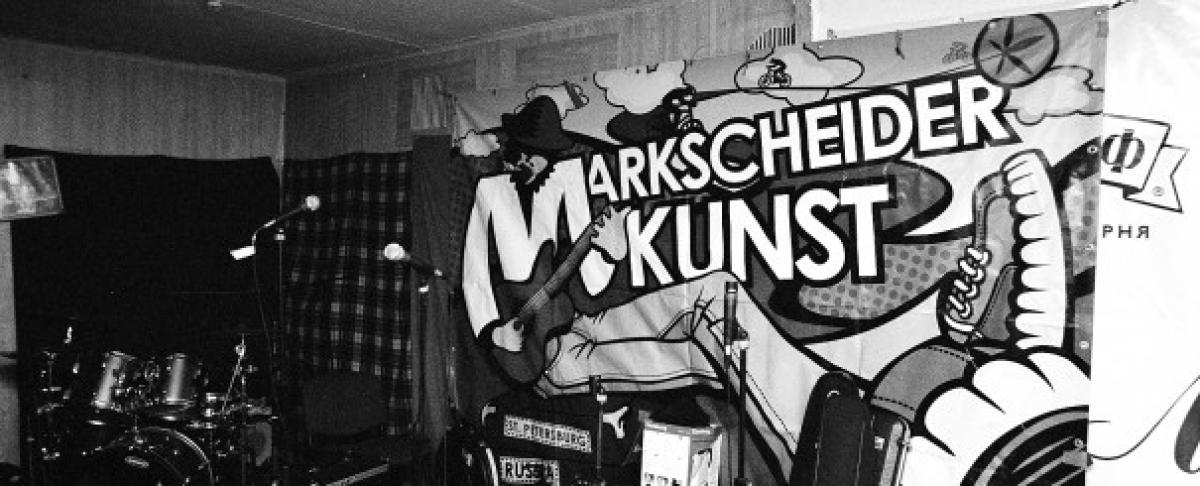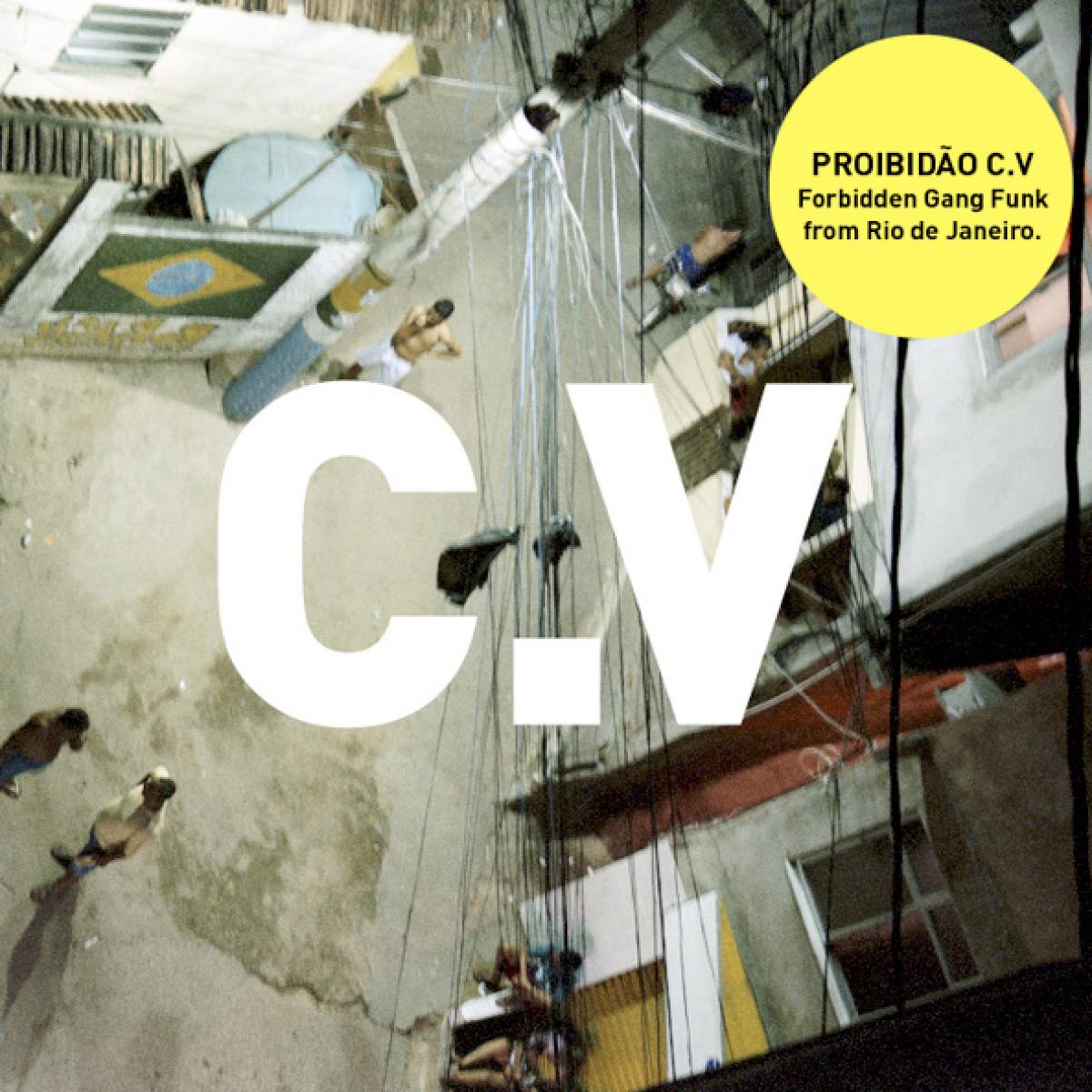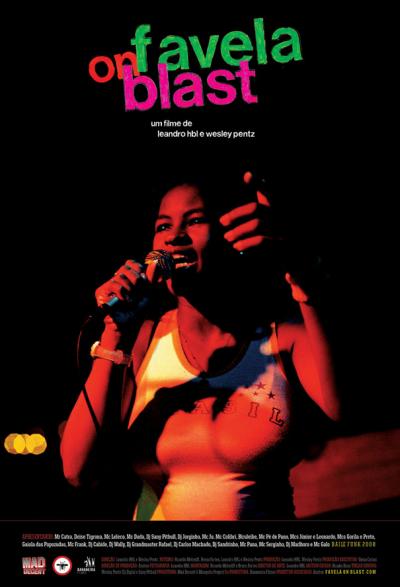
Cultural Hybridity in Mexican Rock Music
Nowadays «Mexican rock» – as well as the more inclusive term rock en español or the other regional or national denominations such as Spanish, Argentinean or Latin American rock- serves as an umbrella term which suitability relays more on symbolic associations and cultural practices than on a homogeneous musical style.
The pioneer group that «mexicanized» the sound of rock was Botellita de Jerez who, during the early eighties, combined rock sound with mariachi music in order to create something they called Guacarrock (from «guacamole» and «rock»). As they put it, its essence was «la mezcla de José Alfredo Jiménez con Jimi Hendrix, de Lola Beltrán con Janis Joplin». Along the same lines, Caifanes used to surprise their fans by opening their concerts with «La Negra Tomasa», a cumbia-rock. Their company, RCA Victor, decided to record «La Negra Tomasa», which ended up being one of their best sold songs, bought and danced by a great audience completely unaware of the «cross over». The rest of rock en español was not different and from the nineties on, fusion became the norm. Radio Futura merged rock with reggae, Los Fabulosos Cádilacs y Mano Negra integrated Latin American folk music and Los Aterciopelados turned to vallenato as a source of inspiration.
Carlos Polimeni points out that the group that internationally promoted this tendency was Café Tacuba, whose proposal was «considerar a toda la música mexicana. . .como fuente de inspiración» and «sin complejos de inferioridad» colocarla al mismo nivel que el jazz, el punk y el rock, «transmitiéndole [al público] el orgullo de ser latino». Such «latinness» shows in their album Avalancha de Éxitos, where they honor and revisit classic songs from all aver the continent. «No Controles» by Flans is remade in heavy metal and «Ojalá que Llueva Café», a merengue by Juan Luis Guerra is turned into a guapango. Where is rock music in this equation?
This video is not available anymore.
An example that allows us to observe the transgression to conventional styles as well as the mobility of music genre boundaries is «Renace en la Montaña» by Tijuana No. Musically, «Renace en la Montaña» combines «El Cóndor Pasa» with hard rock and reagge, while prizing, in Spanish, Quechua and English, Peruvian historical resistance to oppressive powers. This fusion of traditional and popular music with rock impacts its meaning in a number of ways. By interacting with folk music, rock relies on its legitimacy (i.e. an expression of the feelings and interests of the community) and enhances the identification between the musicians and their audience, blurring the distinction between audience and performers. Furthermore, the integration of the musical heritage of subaltern groups implies a social preoccupation, and creates a synchronic and diachronic dialogue between the culture of different groups, opening a possible path to overcome isolation and Otherness.
Another consideration is that many of the new fusions result in rhythms that do not necessarily coincide with the international cannon put forward by the United States or Europe. This is the case of ska, with strong roots in Afro-Caribbean music and which popularity in Latin America depends heavily upon its danceable trait. Such creative freedom is producing a range of idiosyncratic and local sounds that, once they enter the international music circuits, can influence the developments of international rock. This is a relevant outcome since historically, western subjects (such as Peter Gabriel, The Police or Paul Simon for example) are the ones that have integrated folk and nonwestern influences into rock production. Although some thesis on cultural imperialism have a radicalized position, it is useful to distinguish here the exercise of agency by marginal subjects who are now recuperating their own traditions and are incorporating them into new spaces. We should also note that the transcultural character of current hybridity territorializes international music and prevents the homogenization of popular music around the world.
Visually we also find a hybrid discourse that reinforces the identification of rockers (musicians and audience alike) with popular culture. Along the same lines of «Naco es Chido» from Botellita de Jerez, El Gran Silencio capitalizes not only in their mexicanidad but specially in the legitimacy of their chuntarismo. The identification of rockers as chuntaros subverts the pejorative meaning of the class distinctions inscribed in the personal appearance, at the same time that vindicates an alternative aesthetic paradigm. As we can see in «Chúntaros style» video, their music is meant to be danced on the streets in a proudly chuntaro’s style. As David Cortés points it out, «a pesar de nuestra necesidad de ser modernos y primermundistas, [El Gran Silencio] nos representan como lo que somos: un pueblo mestizo con un fuerte arraigo en lo popular, más que en lo cosmopolita». Their Libres y Locos album cover emphasizes such mestizaje by showing us their kinship with traditional norteño heritage as well as with international hip hop culture.
It is also convenient to clarify that we are not before a kitsch or camp aesthetics based on the evocation of «corny» emotions. Neither is it a cheap nor cheapened form of prestigious elements from «high culture». Instead, I propose to read these signs as an expression of rascuachismo. As Tomás Ybarra-Fausto defines it, «rascuachismo is neither an idea nor a style but more of an attitude to taste. . . .it is an underdog perspective – a view from los de abajo. An attitude rooted in resourcefulness and adaptability». Contrary to the pretentious attitude of kitsch, that aims to establish connections with the prestigious and exclusive, rascuachismo tries to vindicate the barrio aesthetics in order to challenge the current elitism of the national media. For Ybarra-Fausto, rascuachismo is the characteristic of chicano art that seeks to subvert the dominant paradigms. In the same fashion, I would argue that the rascuache appearance of the rockers establishes affiliations with the aesthetic values of popular sectors and recuperates them for mass culture in an open challenge to the elitist paradigms of dominant taste.
Their statement is clear: in order to be a rocker we have to be nacos, because that is how we need to see and understand the world, as Josh Kun puts it in «Rock’s Reconquista», «(rock en español) is naco culture at work». This attitude confronts the class ethnocentrism exercised by the dominant culture and reproduced by most of the mass media. It also challenges the aesthetic and economic principles of inclusion and exclusion classism is based on. Thus Mexican rock contests class elitism through the inclusion and vindication of popular practices and iconography. It also serves as a strategy that goes both ways: it appropriates modernity without rejecting the tradition, and renews tradition and incorporates it into modernity. That is a process of «cultural reconversión» that, as Gracía Canclini has pointed out, serves to «entrar y salir de la modernidad» at ease.
Commercially speaking, the constant transformations and reformulations of any given genre complicate the task to the music industry. Such in-betweenness prevents the companies to build the knowledge of the market and to design effective commercial selling strategies for the product. Because they cannot anticipate nor control the circuits the product is entering to or the audiences that are consuming it. This is the case of Barrio Bravo, a compilation where rock musicians honor Celso Piña creating an interesting encounter between vallenato, rock y hip hop.
As I have tried to illustrate above, hybridity has a disturbing effect. Apart from the musical transgression, hybridity also transgresses the codes of social distinction based on -among other aspects- musical taste, language, and dress. So, if upper and middle classes consume rock en español as a modern and cosmopolitan music, but reject popular and or rural culture, how do they reconcile their fondness for El Gran Silencio? Can they still like Café Tacuba or Control Machete? In a society such a the Mexican, with clear class divisions that manifest through out all aspects of everyday life, this challenge to classism is highly desirable. It denaturalizes hierarchies and strikes at the foundations of sharp binary distinctions between the local and global, hegemonic and subaltern and urban and rural. Stuart Hall believes that one of the benefits of hybridization is that «mina las maneras binarias de pensar la diferencia» (Cdo. en García Canclini, Globalización). It also causes confusion and undermines the «safety» offered by a system of sharp social distinctions. Rock audiences are forced not to antagonize their musical taste and to consume another genres as well, which ideally could narrow symbolic distances between different imagined communities.
List of References
Biography
Published on June 14, 2008
Last updated on April 11, 2024
Topics
From Muslim taqwacore to how the rave scene in Athens counters the financial crisis.
Can a small chinese radio show about Uyghur music stand against the censorshop of the Communist Party of China? Are art residencies useful?





